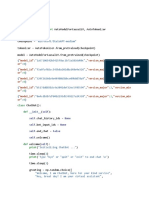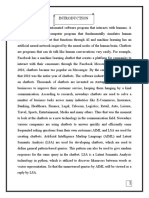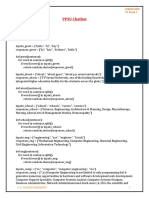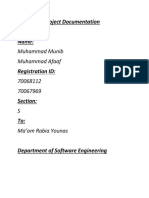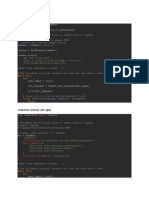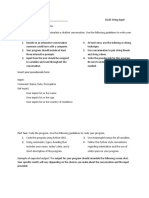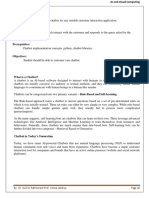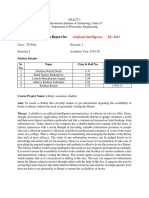import random
# Define a function to get the user's input
def get_user_input():
user_input = input("You: ")
return user_input
# Define a function to process the user's input and generate a response
def generate_response(user_input, context=None):
# Here, you can process the user's input and generate a response based on any
relevant context or information
# For example, you could use a machine learning model or natural language
processing techniques to analyze the input and generate a response
# For this simple example, we'll just return a random response from a list
responses = ["I'm sorry, I don't understand. Can you please try again?",
"That's an interesting point. Can you tell me more?", "Thanks for sharing that with
me!", "I'm glad you asked. Here's what I think..."]
response = random.choice(responses)
# You can also pass context information between different calls to this
function
# For example, if the user has already provided their name, you could store
that information in the context and use it to personalize the response
if context and "name" in context:
response = f"Hi {context['name']}, " + response
return response
# Main loop
print("Welcome to Chatbot!")
context = {} # Initialize an empty context
while True:
user_input = get_user_input()
if user_input == "exit":
print("Chatbot: Goodbye!")
break
else:
response = generate_response(user_input, context=context)
print("Chatbot: " + response)
# You can also update the context based on the user's input and the
chatbot's response
if "name" not in context:
# For example, if the user's input contains their name, you could
extract it and store it in the context
if "my name is" in user_input.lower():
name = user_input.split("my name is")[-1].strip()
context["name"] = name
# Alternatively, you could prompt the user for their name and store it
in the context
else:
print("Chatbot: What's your name?")
name = get_user_input()
context["name"] = name













